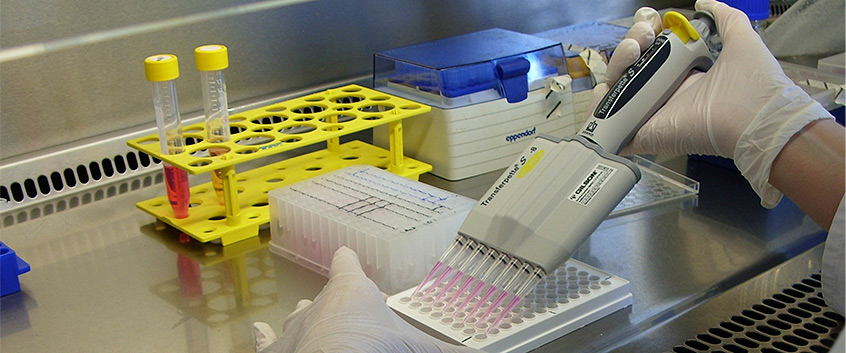
Department of Cell Toxicology
Which chemicals accumulate in biota and in people and what are their effects? We are exposed to thousands of chemicals in our everyday lives. While the level of contaminants has decreased in the past decade, the diversity of chemicals has increased. We have become aware of hazards stemming from emerging chemicals and transformation products. But which chemicals are the culprits? Are there individual chemicals or groups dominating the risk or is it the complex effect of chemical cocktails acting together? How environment-specific are chemical hazards?
In the Department of Cell Toxicology, we aim to establish a novel risk assessment framework to identify which (groups of) chemicals drive the risk in the environment. Our overall goal is to better understand the effects of mixtures of chemicals in the environment and how they interact between multimedia compartments. The department’s key objective is to understand the processes that cause adverse effects and to develop predictive models for hazard assessment and as practical monitoring tools.
To achieve our goals, we apply cell-based bioassays, so called bioanalytical tools, combined with innovative (passive) sampling techniques and state-of-the-art target and non-target chemical analysis. By considering common cellular toxicity pathways, we bridge human health and environmental risk assessment. Our methods include innovative partitioning-based sampling techniques for multimedia environments and high-throughput screening with modern reporter-gene assays coupled to quantitative dosimetry in miniaturised microtiter-plate format assays.
Amongst others, we couple bioassays with chemical analysis to assure a quantitative assessment of dosing and understanding of the toxicokinetics and toxicodynamics of chemicals in cell-based bioassays. We develop methods to sample chemicals in all types of environmental media from water to biota including human tissue and blood. We develop high-throughput cell-based screening methods for the fingerprinting of chemicals and assessment of complex environmental samples and biota. We specifically focus on mixtures of chemicals, identification of unknowns and transformation products and the role that speciation of organic chemicals plays in their toxicity.
